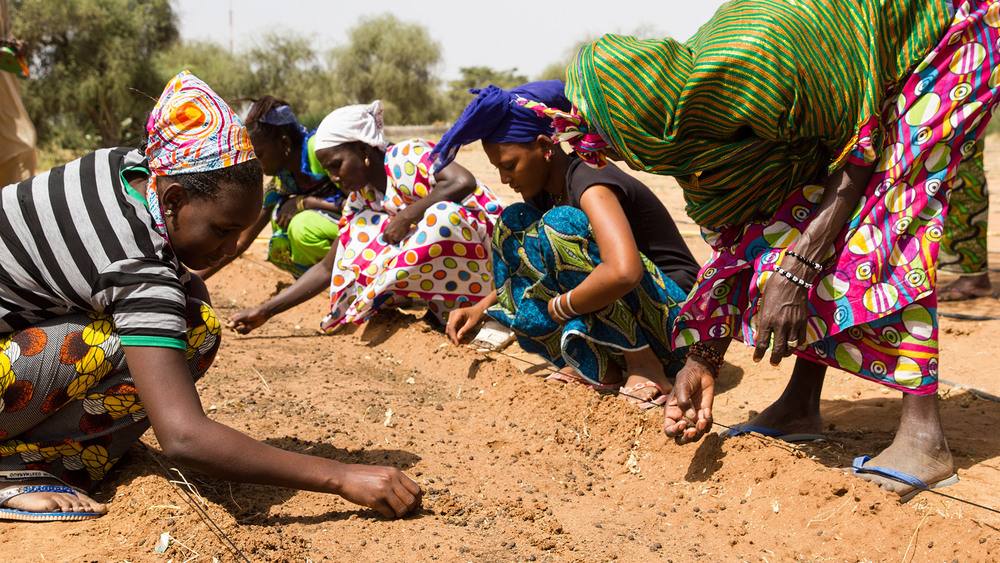Courtesy of Landscape News
Written by: Natasha Vizcarra
Now in its second decade, the ambitious African Union–led restoration initiative known as the Great Green Wall has brought close to 18 million hectares of land under restoration since 2007, according to a status report unveiled by the UN Convention to Combat Desertification (UNCCD) at a virtual meeting on Monday, 7 September.
Approximately 4 million hectares of degraded land have been rehabilitated within the initiative’s “strict intervention zones” – 4 percent of the Wall’s ultimate target of restoring 100 million hectares.
“In contrast, when considering all lands restored in the wider Great Green Wall region the total area restored reaches nearly 17.8 million hectares,” says the report. This wider area includes landscapes involved in other related regional initiatives as well as 12 million hectares under restoration in Ethiopia alone.
The main obstacle for quicker progress is lack of funding from public and private sectors, says the report.
The Great Green Wall initiative was designed to combat widespread land degradation and extreme poverty linked to recurrent and severe droughts in the Sahel, a region running the continent’s width from the Atlantic Coast to the Red Sea on the southern edge of the Sahara Desert. It was conceived some 30 years ago and formally launched in 2007.
The initiative’s vision is to restore degraded lands across 100 million hectares of the Sahel with a mosaic of green and productive landscapes. This in turn could transform the lives of millions of people living on the frontline of climate change.

Credit: Great Green Wall
“Frankly, this is a great initiative that has not had the great investments that it should have had,” said UN Deputy-Secretary General Amina Mohammed. “This is a program 50 years on. We ought to be seeing something very different. Now is the challenge: step up and give with urgency.”
Between 2007 to 2018, the Wall created over 350,000 jobs and around USD 90 million in revenues, says the assessment. The restored area will sequester over 300 tons of carbon dioxide by 2030, which would represent roughly 30 percent of the envisioned target.
To reach the initiative’s restoration goal of 100 million hectares of land by 2030, the involved countries need to restore, on average, 8.2 million hectares of land every year at an annual financial investment of USD 4.3 billion. The initiative also aims to create 10 million jobs in the process.
While the COVID-19 pandemic seems to have spared the African continent when it comes to infections, it might be more consequential for African economies. Mohammed, together with other country representatives, called on investors not to abandon funding for the Wall at this crucial time.
“We really are in the midst of the most significant health and economic crisis of in all of our lifetimes – really uncharted waters,” Mohammed says. “How we respond today will shape the lives and livelihoods of individuals and communities for generations to come.”
“Financing income-generating activities linked to the land, typically the main asset the poorest people have, is perhaps, the most cost-effective way to pursue peace, security, development and good health,” said Ibrahim Thiaw, Executive Secretary of the UNCCD.
“What’s more, the achievements reported here are from the Sahel where soils are not very rich. This suggests restoring land has the potential to transform lives worldwide and to mitigate the global environmental threats we face today,” he added.






